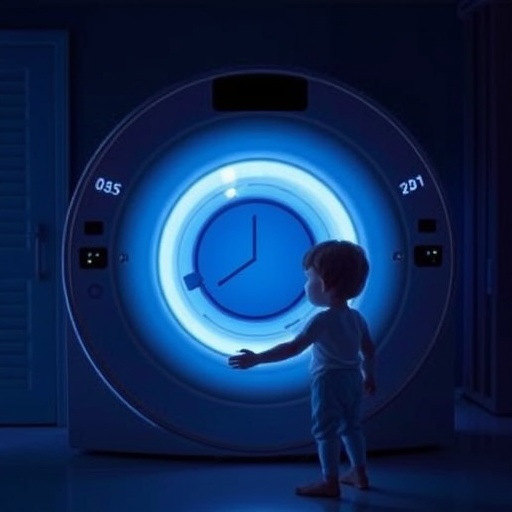Medical errors are estimated to cause 250,000 deaths per year in the US. Previously, research on admitted patients suggested that errors are due to the way doctors process the data they have about patients – in other words, doctors have the right information, but might not act on it in the best way.
The emergency department is a very different clinical environment from the inpatient wards, with frequent interruptions and often incomplete or unreliable information. Despite this, a new study published in De Gruyter's Journal Diagnosis shows that doctors in an emergency department with trainees make similar types of errors to those made in admitted patients – more information processing errors are made than errors of inadequate knowledge or inadequate information.
Researchers looked at patients who came back to emergency departments a second time within 72 hours and were admitted to the hospital on their second visit – an indicator that care could have been improved during the first visit. A trained team of physicians looked at each case to determine whether the team during the patient's first visit might have made a mistake, and if one was found, determined the type of mistake that was made.
The most frequently identified type of error (45% of cases) was problems with information processing, followed by problems with verifying information that was gathered (31%). Inadequate knowledge problems (6%) and inadequate information gathering (18%) occurred relatively infrequently. Misjudging how significant a finding was and prematurely deciding on an incorrect diagnosis were the individual errors that occurred most frequently (13% each).
The study also found that patients with abdominal complaints may be particularly vulnerable to these errors.
Study author Benjamin Schnapp of the University of Wisconsin said, "It's critical that we understand how and why these errors happen so that we can start to work to prevent them, and this is one small step towards that."
###
Read the full study here for free: https://doi.org/10.1515/dx-2018-0011
Media Contact
Eric Merkel-Sobotta
[email protected]
49-302-600-5304
@DeGruyterOA
https://www.degruyter.com/dg/page/open-access
https://www.degruyter.com/dg/newsitem/287/medical-errors-in-the-emergency-room-understanding-why
Related Journal Article
http://dx.doi.org/10.1515/dx-2018-0011




